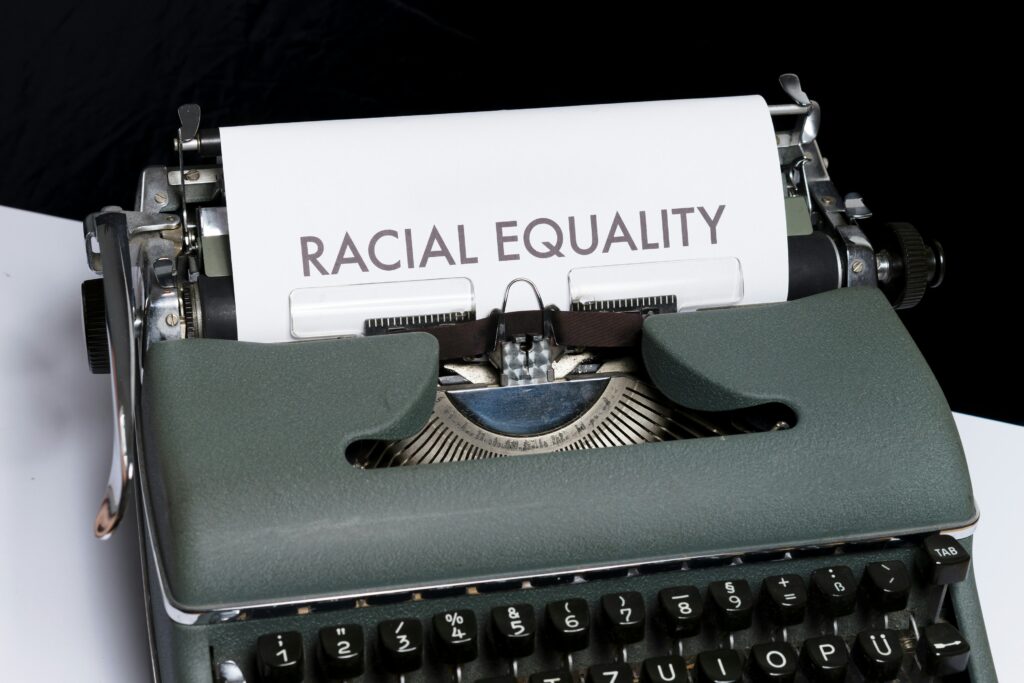
Hiring is supposed to be fair. But even when employers don’t mean to discriminate, some hiring practices can still unfairly disadvantage certain groups. This is known as adverse impact—and it’s a concept that every job seeker should understand.
Whether you’re navigating job applications, prepping for an assessment, or wondering why you didn’t move forward, knowing how adverse impact in hiring works can help you recognize bias, ask better questions, and protect your rights.
Read more on: Does Your Race or Sex Help You Get Hired? Here’s the Legal and Practical Truth
What Is Adverse Impact in Hiring?
Adverse impact refers to a hiring practice that appears neutral on the surface but disproportionately eliminates candidates from a protected group (based on race, gender, age, disability, or other legally protected characteristics).
Unlike overt discrimination, adverse impact isn’t about intent—it’s about outcome.
Example:
A company uses a physical strength test to screen all candidates. On paper, this sounds fair. But if women consistently fail the test at higher rates than men, it may indicate adverse impact—even if there was no intent to discriminate.
Is Adverse Impact the Same as Discrimination?
Not exactly. Adverse impact is a form of unintentional discrimination—sometimes called disparate impact—and it’s still illegal under U.S. employment law.
You don’t need to prove that a company meant to discriminate. You only need to show that a policy or practice has a negative effect on a protected group. If that effect is significant and the employer can’t justify the practice as job-related, they may be in violation of the law.
How It’s Measured: Understanding the 80% Rule
One of the most common ways to detect adverse impact is through the Four-Fifths Rule, also known as the 80% Rule. This guideline comes from the Uniform Guidelines on Employee Selection Procedures (UGESP), developed in 1978.
Here’s how it works:
If the selection rate for a protected group is less than 80% of the selection rate for the most successful group, it may suggest adverse impact.
Example:
- 100 men apply, 60 are hired → 60% selection rate
- 100 women apply, 40 are hired → 40% selection rate
- 40% ÷ 60% = 66%, which is below the 80% threshold → Potential adverse impact
👉 Keep in mind: This rule is just a guideline. Companies and courts may use more advanced statistics—like chi-square tests or logistic regression—to confirm whether adverse impact exists.
Examples of Adverse Impact (and Why They Matter)
You might encounter adverse impact in any of the following scenarios:
- Pre-employment tests that disproportionately eliminate one group
- Cognitive ability or timed assessments that favor certain demographics
- Physical ability tests that screen out older workers or women
- AI-based resume screening tools trained on biased historical data
- Degree requirements for jobs that don’t actually need one (which can exclude lower-income or minority candidates)
The key issue? If the requirement isn’t clearly job-related and necessary, it opens the door for legal and ethical concerns.
What Employers Must Do If Adverse Impact Exists
If a company identifies adverse impact in its hiring process—whether through internal audits or legal pressure—it is legally required to take action.
According to EEOC guidelines, employers must:
✅ Take These Steps:
- Validate the test or tool: Prove it accurately predicts job performance.
- Modify criteria: Eliminate or revise hiring components that aren’t essential.
- Adopt alternative assessments: Use methods that measure the same ability but reduce bias.
💡 Real-World Example:
A company requires all cashier applicants to pass a math test. However, it eliminates large numbers of minority applicants. After analysis, they switch to a simulated cash register exercise that better reflects the real job—and reduces adverse impact.
This is exactly where industrial-organizational psychologists come in. We work behind the scenes to create hiring processes that are both valid and fair.
What Job Seekers Should Know
Adverse impact is a technical topic, but here’s what matters most to you as a job seeker:
1. Not every rejection = bias
Hiring decisions involve multiple steps. A rejection doesn’t always mean something illegal happened.
2. You can ask questions
If an assessment feels off, ask:
“How does this test relate to the job’s actual responsibilities?”
This shows you’re informed—and puts the company on notice.
3. You can file a complaint
If you suspect systemic bias, you can contact the Equal Employment Opportunity Commission (EEOC) and file a complaint online.
4. Understand the big picture
The existence of adverse impact doesn’t mean every employer is biased. But it does mean bias can sneak in quietly, through well-meaning but poorly designed hiring tools.
Industries Where Adverse Impact Happens Most
Certain industries face more scrutiny due to historical patterns or specific testing requirements:
- Law enforcement & firefighting – Physical tests often raise red flags
- Tech & finance – Algorithms can unintentionally favor dominant groups
- Leadership hiring – Executive pipelines often mirror existing (and homogenous) leadership
Many of these sectors are working to modernize their hiring practices—but change takes time.
The Future of Fair Hiring
With the rise of AI-based hiring tools, the potential for adverse impact is growing—and so is the demand for oversight.
- Audits & transparency: Some companies now release DEI and hiring fairness reports
- Regulations: New laws, like NYC’s automated hiring transparency law, require fairness testing for hiring algorithms
- Psychologist involvement: I/O psychologists continue to lead the way in building better, fairer systems
Key Takeaways for Candidates
Adverse impact isn’t always visible—but it shapes how hiring works behind the scenes. Here’s what to keep in mind:
- Understand your rights under employment law
- Ask thoughtful questions when hiring methods feel off
- Recognize your value isn’t defined by a single test score or resume scan
- Stay informed—because knowledge is power in a system that’s still evolving
The more you know about how selection works, the better you can advocate for yourself—and contribute to a fairer hiring future.
